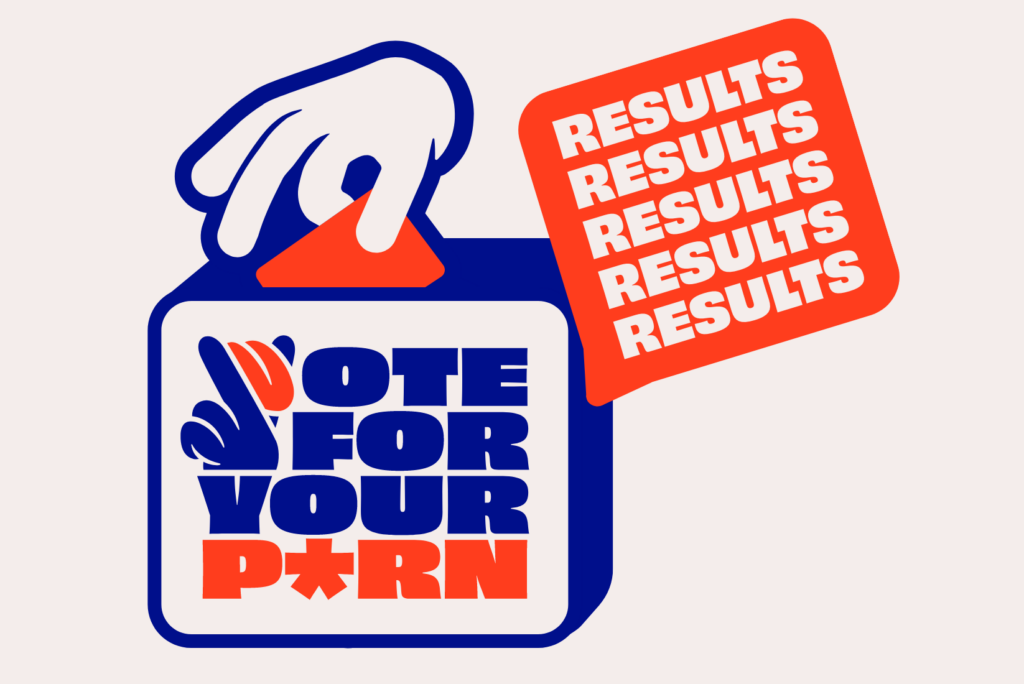Domination, a practice older than we might think
Myth 1:
Being dominant means being rough in bed
Unfortunately, most submissive-leaning folks I’ve encountered have stories of those who confuse the meaning of the word “dominant” with the meaning of the word “asshole”. Often new to BDSM, this type thinks that claiming the role of Dom gives them a free pass to throw their partner around like a rag doll, pull their hair, slap, spit and throat fuck without much consideration for the other person.
It’s never okay to use domination as an excuse for abuse, assault or any kind of inconsiderate behaviour. Further, copying acts or aesthetics from porn or BDSM without proper knowledge is potentially harmful and even dangerous.
D/s sex can be rough—if that’s what both partners want—but it doesn’t always have to be. D/s play can, on the contrary, be very calm and gentle, depending on what you’re into. Because dominance has little to do with actual strength, a good dominant can, and should, be able to give instructions and assert dominance without raising as much as their voice, let alone a hand.
If we take a cue from dynamics between female dommes and male subs—where the sub is quite often physically stronger than their dominant—we see even more that submission is a choice. In other words, it is a power willingly handed over to the dominant.
Dominance and submission is a dance based on mutual trust and consent


Myth 2:
The dom does whatever they want to their sub
Pre-negotiations
Hard and soft limits
Intentions
Safewords
Myth 3:
The sub gives, the dom receives
I used to believe this when I ventured into the world of BDSM but I was quickly proven wrong, especially once I attempted to be a dominant myself. If you think being dominant is easy and that all you have to do is lean back and receive, you have it mixed up.
A dominant plans a scene, holds space, pays attention to their sub’s verbal and non-verbal cues, adjusts accordingly, and gives instructions. Being dominant requires great amounts of energy, imagination and creativity, as well as a heightened sense of empathy.
Of course, the submissive is giving, too, but in a different way. While they might follow instructions, they get to turn off their heads and let themselves be led. The dominant, on the contrary, is required to be on at all times.
Myth 4:
Domination requires a ton of tools and equipment
BDSM is often portrayed as having a certain look and conjures images of latex, leather, collars, chains, and whips. While this image is not always untrue, it can lead to the misconception that showing up with a well-stocked bag in a fancy suit and leather gloves—or in tall boots and sharp red nails—are what makes someone a dominant. But, ‘the clothes do not make the man’ (or any other gender) in this instance. Though outfits, toys, and tools can add excitement and variety to play they should never take the main role. The only tool you really need are your words and with them, you can tease, command, humiliate, embarrass, punish, and control. The more you will understand how to get into your partner’s head, the more you can utilize your tone of voice, cadence, pauses, and silences to dominate them. Imagine that instead of slapping your partner around in a frenzy, you firmly tell them to get naked, go down on their knees and stay there until you tell them otherwise. Add something as simple as a blindfold and let them sit, unknowing and desperately guessing from the sounds they hear, as you get everything ready for what’s to come. The latter is way more effective and builds irresistible suspense and anticipation. Master this first, and then add your tools!
Myth 5:
You’re either dominant already… or you won’t ever be
Some appear to be leaders in every walk of life, whether by inherent disposition or socialization. Does this make them natural-born doms too? I’ve witnessed instances where this held and others where it was completely the opposite.
Occasionally, those accustomed to calling the shots in various aspects of their lives are the ones most in need of letting go and being told what to do. A significant number of professional dominatrixes report that their clients are often high-powered business suits.
I believe that anyone who feels drawn to be sexually dominant can learn to be one, as it is a skill like any other. Fortunately, there are various styles of domination, ranging from caregiver (i.e., mommy or daddy dom) to sadistic, primal, master/mistress and more, catering to every aspiring dom out there!
If you’re left with the feeling that “wow, that sounds like a ton of work!” you’re right—it is! Domination demands significant energy, and this holds for all parties involved; it takes two to tango!
A game of trust, D/s play has enabled me to attain levels of intimacy far beyond what I had previously imagined possible. So, if you’re willing to put in the effort, it could just take you to the next level.









